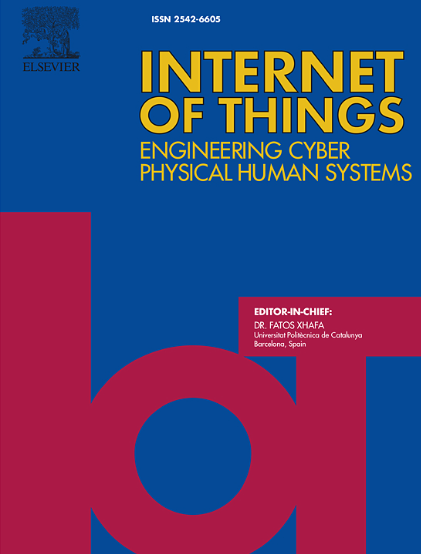Enhancing security through continuous biometric authentication using wearable sensors
IF 7.6
3区 计算机科学
Q1 COMPUTER SCIENCE, INFORMATION SYSTEMS
引用次数: 0
Abstract
The paper presents a novel approach for biometric continuous driver authentication (CDA) for secure and safe transportation using wearable photoplethysmography (PPG) sensors and deep learning. Conventional one-time authentication (OTA) methods, while effective for initial identity verification, fail to continuously verify the driver’s identity during vehicle operation, potentially leading to safety, security, and accountability issues. To address this, we propose a system that employs Long Short-Term Memory (LSTM) models to predict subsequent PPG values from wrist-worn devices and continuously compare them with real-time sensor data for authentication. Our system calculates a confidence level representing the probability that the current user is the authorized driver, ensuring robust availability to genuine users while detecting impersonation attacks. The raw PPG data is directly fed into the LSTM model without pre-processing, ensuring lightweight processing. We validated our system with PPG data from 15 volunteers driving for 15 min in varied conditions. The system achieves an Equal Error Rate (EER) of 4.8%. Our results demonstrate that the system is a viable solution for CDA in dynamic environments, ensuring transparency, efficiency, accuracy, robust availability, and lightweight processing. Thus, our approach addresses the main challenges of classical driver authentication systems and effectively safeguards passengers and goods with robust driver authentication.
利用可穿戴传感器持续进行生物识别认证,提高安全性
本文介绍了一种新颖的生物特征连续驾驶员身份验证(CDA)方法,该方法利用可穿戴光敏血压计(PPG)传感器和深度学习实现安全可靠的交通运输。传统的一次性身份验证(OTA)方法虽然对初始身份验证有效,但无法在车辆运行期间持续验证驾驶员的身份,从而可能导致安全、安保和问责问题。为解决这一问题,我们提出了一种系统,该系统采用长短期记忆(LSTM)模型来预测腕戴式设备的后续 PPG 值,并将其与实时传感器数据进行持续比较,以进行身份验证。我们的系统会计算一个置信度,代表当前用户是授权驾驶员的概率,从而在检测冒充攻击的同时确保真正用户的稳健可用性。原始 PPG 数据无需预处理即可直接输入 LSTM 模型,从而确保了轻量级处理。我们使用 15 名志愿者在不同条件下驾驶 15 分钟的 PPG 数据验证了我们的系统。系统的平均错误率 (EER) 为 4.8%。我们的结果表明,该系统是动态环境中 CDA 的可行解决方案,可确保透明度、效率、准确性、稳健可用性和轻量级处理。因此,我们的方法解决了传统驾驶员身份验证系统所面临的主要挑战,并通过强大的驾驶员身份验证功能有效地保护了乘客和货物的安全。
本文章由计算机程序翻译,如有差异,请以英文原文为准。
求助全文
约1分钟内获得全文
求助全文
来源期刊

Internet of Things
Multiple-
CiteScore
3.60
自引率
5.10%
发文量
115
审稿时长
37 days
期刊介绍:
Internet of Things; Engineering Cyber Physical Human Systems is a comprehensive journal encouraging cross collaboration between researchers, engineers and practitioners in the field of IoT & Cyber Physical Human Systems. The journal offers a unique platform to exchange scientific information on the entire breadth of technology, science, and societal applications of the IoT.
The journal will place a high priority on timely publication, and provide a home for high quality.
Furthermore, IOT is interested in publishing topical Special Issues on any aspect of IOT.
 求助内容:
求助内容: 应助结果提醒方式:
应助结果提醒方式:


